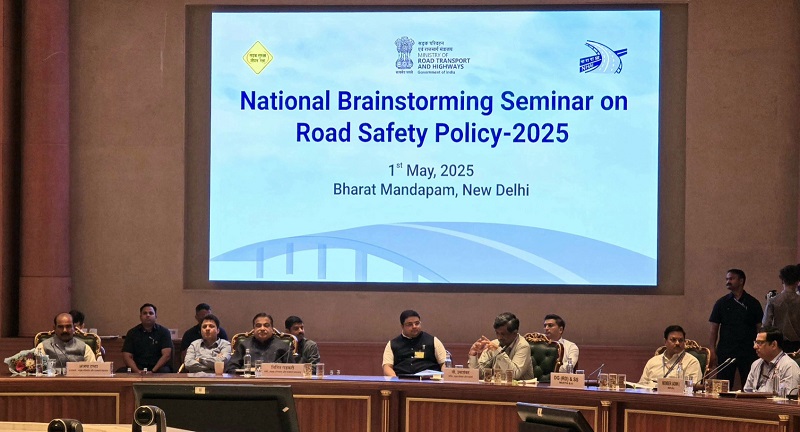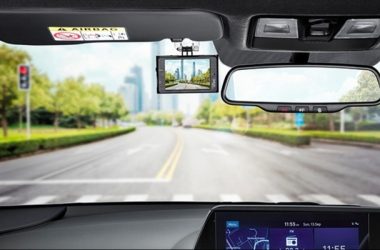New Delhi – In a bid to make Indian roads less of a roulette wheel and more of a reliably paved promise, the Ministry of Road Transport and Highways (MoRTH), in collaboration with the National Highways Authority of India (NHAI), hosted a day-long ‘National Brainstorming Seminar on Road Safety Policy 2025’ in New Delhi. And yes, unlike most traffic jams, this gathering was actually productive.
The seminar, which brought together bureaucrats, behavioural experts, international agencies, contractors, NGOs, and just about everyone short of a traffic cone, focused on eight thematic areas to sketch out India’s road to fewer accidents and smoother commutes. Topics ranged from Accident Spot Rectification and School Zone Safety to Highway Rescue and the often overlooked but equally important Cashless Post-Crash Treatment — because nobody wants a hospital bill before a bandage.

Union Minister Nitin Gadkari, never one to swerve around tough talk, steered the conversation towards early-stage interventions. “Design roads well at the DPR stage, and we won’t need to redesign destinies later,” he urged, highlighting how low-cost but data-driven solutions can be literal lifesavers.
Minister of State Ajay Tamta threw his support behind the cause, encouraging all stakeholders to take proactive responsibility. “Road safety is not a lane reserved for one ministry—it’s a shared drive,” he remarked.
V Umashankar, Secretary, MoRTH, set the tone for the day: “This seminar is not just about policies, it’s about possibilities. Reducing fatalities by 50% by 2030 isn’t just a slogan. It’s our GPS setting.”
Meanwhile, Vishal Chauhan, Member (Administration), NHAI, called for a holistic approach to road safety—because treating a pothole without addressing over-speeding is like fixing the horn while the brakes are missing.
International partners like WHO, UNICEF, and the World Bank, along with homegrown organisations like SaveLIFE Foundation, added global perspective and grassroots urgency to the deliberations.
From Driver Licensing Reforms to Behavioural Change Campaigns, and from Vehicular Safety Standards to School Zone Upgrades, every angle was explored. Even the dreaded district-level road safety committees got their share of attention—hopefully, they’ll now go from sleepy meetings to life-saving missions.
In all, the seminar wasn’t just a talkathon; it was a pit stop on India’s high-speed pursuit of Vision Zero—where the only thing falling is the accident rate.
Because when it comes to road safety, it’s time India stopped being in the rear-view mirror of progress—and took the wheel.






